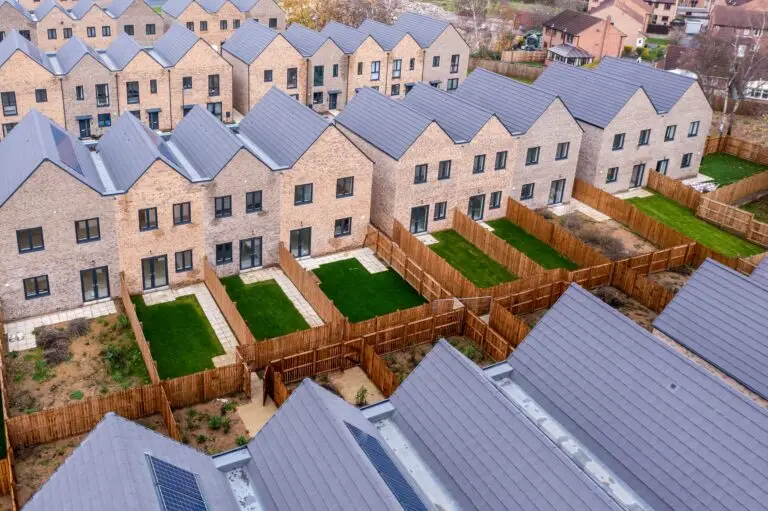With all the focus currently on local elections, you may not have heard about the storm brewing around the controversial Government decision not to legislate to allow the continuation of virtual council meetings.
At the start of the pandemic last year, councils across England had to adapt to the somewhat foreign concept of remote working, like many other organisations, but as of 7 May, this is no longer the case. A few weeks ago, the Government announced that it would not have time to extend the legislation drawn up to allow council meetings to be held online and now, The High Court has dismissed a legal bid by local government bodies to enable virtual council meetings to continue, despite backing from Secretary of State, Robert Jenrick. So, with councils being told they must return to in-person meetings, what will the implications be?
The decision has been criticised by councils across the country and in more extreme cases, councillors in parishes near Bristol have threatened to resign if they are forced to return to in-person meetings. Other than the obvious heightened risk of catching Covid by attending in-person meetings, a return to these meetings could damage the record levels of public participation which councils have enjoyed since the start of the pandemic. Viewing figures from West Sussex County Council meetings over the past year highlight just how popular virtual council meetings have been with the public. In 2019/20, 555 people watched the Council’s six full council meetings and 218 watched the five Cabinet meetings. In 2020/21, that figure rose to 4,294 views and 3,560 views, respectively. Up north in Craven, the District Council has also experienced record levels of public attendance at meetings, particularly for planning and licensing committees. Elsewhere in the country, one particular virtual council meeting went viral earlier this year – Handforth Parish Council, anyone? Before February 2021, it was unlikely that many would have been able to place Handforth on the map, but the viral Planning & Environment meeting helped spark an abnormal interest in local politics.
What does a return to in-person council meetings mean for planning? Well, it risks causing delays to council decision making in the short term. Councils without meeting rooms that are large enough for councillors to socially distance, like Dorset County Council, have been forced to postpone a number of their meetings. For planning, this could create a significant problem, given that the planning system is notoriously slow to begin with. In some cases, public attendance at meetings that can be held in person, will not be possible either, due to the size of meeting rooms and social distancing measures, such is the case for Enfield Council. Holding physical meetings without public attendance is certainly a threat to the progress local democracy has made in the past year and could lead to issues surrounding whether planning applications have had the chance to be properly considered.
So, is the decision for councils to return to physical meetings the right move from the Government? While social distancing measures remain in place until 21 June, it will certainly create issues for many councils as they work out what their best move is going forward. Given the success of the Government’s ongoing vaccine rollout, it is hoped that by the end of June, councils will be able to hold their meetings in person without the complications of social restrictions. However, what remains a worry is that council meetings will suffer an inevitable drop in public attendance now that virtual meetings have been brought to a halt. This will undoubtedly impact the involvement of communities in local democracy, which will particularly be felt on planning matters where engagement is so crucial.




